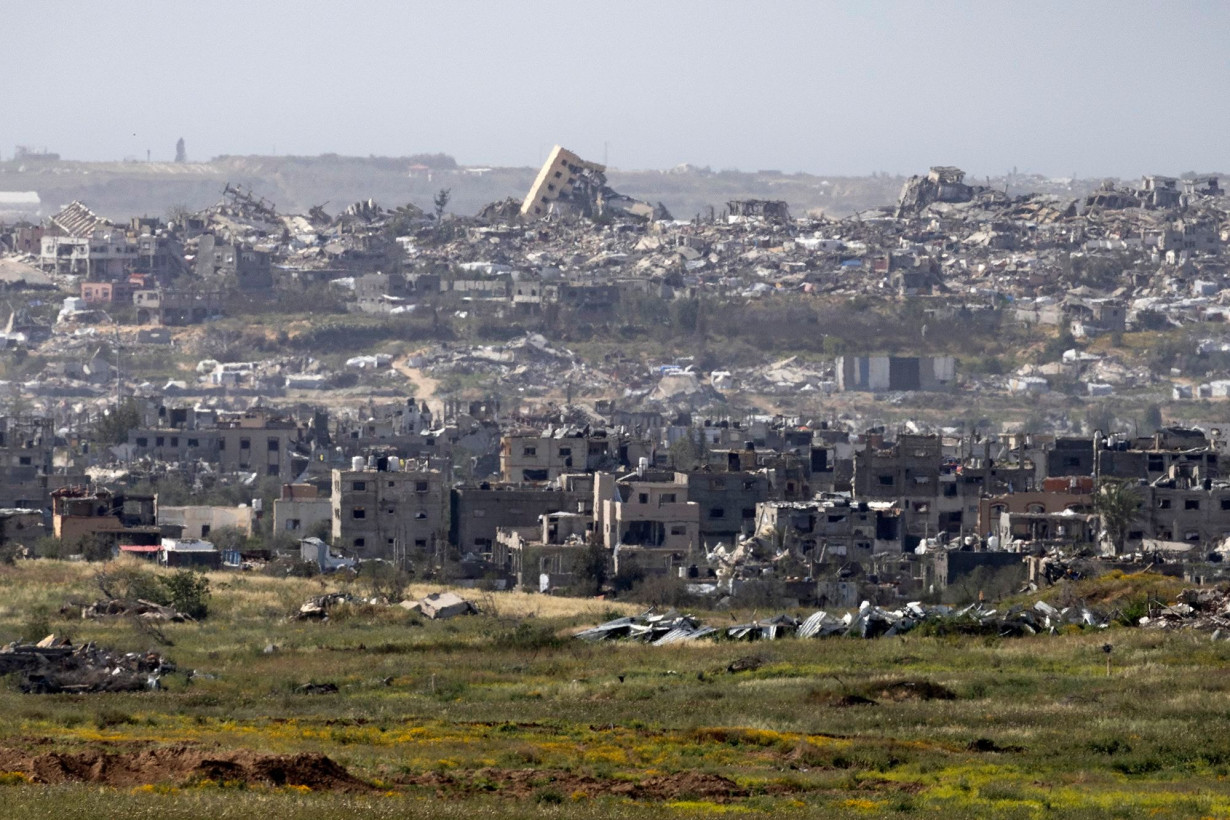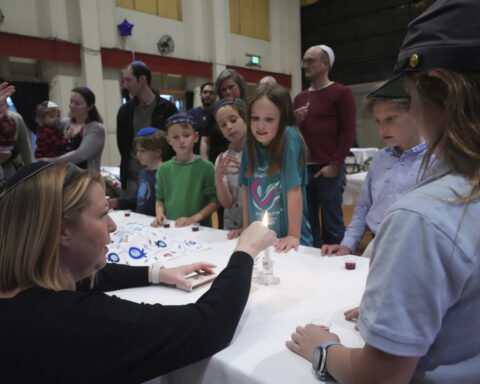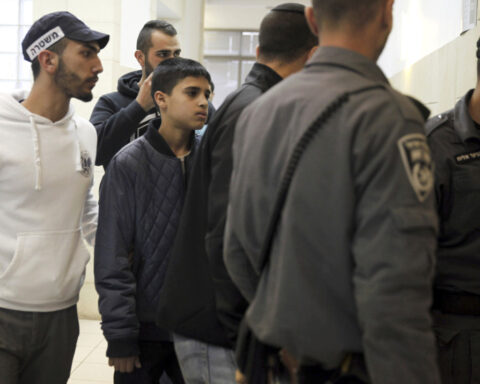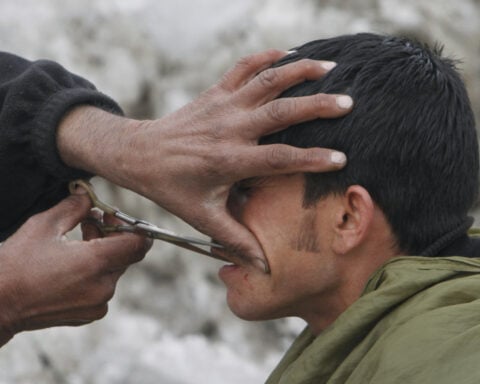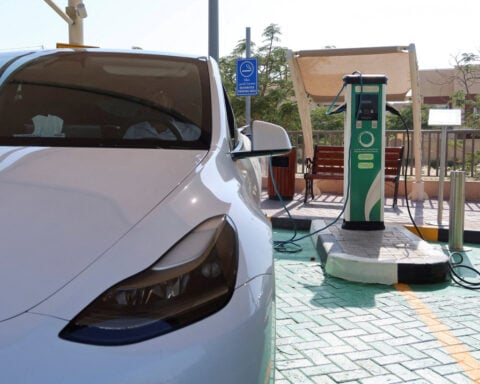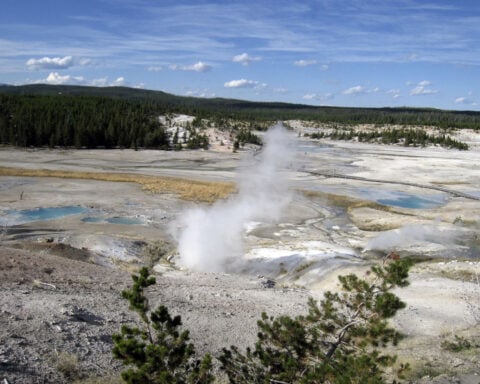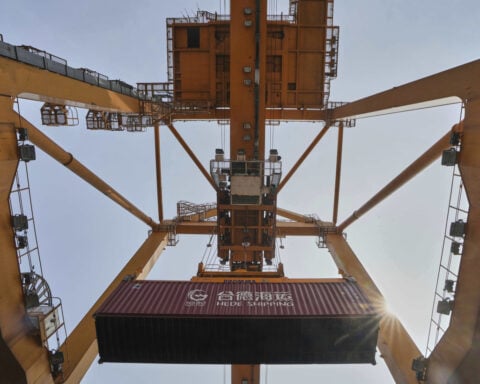Jerusalem (CNN) — Israel’s military has transformed every bit of Gazan territory within about half a mile of the Israeli border into a wasteland.
Armored bulldozers have systematically leveled one home after another. Combat engineers have laid explosives and triggered controlled demolitions inside once-bustling factories. Troops have torn up and denied Palestinians any access to the fertile farmland that once sustained lives and livelihoods.
In its place, the Israeli military has established a roughly 1-kilometer-wide buffer zone (about 0.6 miles) from which it has banished Palestinians and killed or fired at those who do set foot within its unmarked perimeter – all of which it has never officially acknowledged.
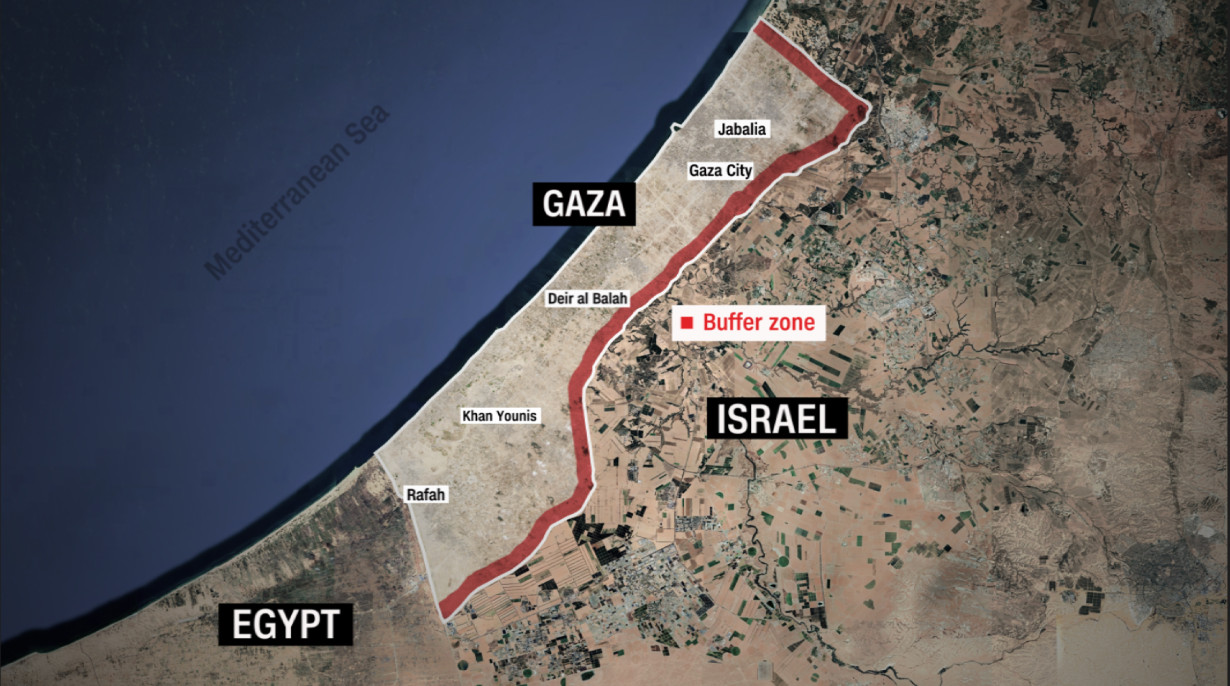
Now, in interviews with CNN and testimonials to an Israeli watchdog group, Israeli soldiers who were deployed to Gaza are revealing how the military carried out the destruction of civilian infrastructure to create the buffer area and the loose rules of engagement that have allegedly resulted in Israeli troops firing on and killing unarmed Palestinians.
These testimonies reveal Israeli military practices that arguably violate international humanitarian law and, in some cases are war crimes, according to international law experts.
After publication, the Israel Defense Forces confirmed to CNN that it has established a “broad military presence in the security zone adjacent to Israel,” which it called a “vital component” to prevent another October 7-style attack.
“These actions are essential in order to prevent Hamas and other terrorist organizations from operating in the area while ensuring the security of IDF forces and Israeli communities,” the IDF said in a statement, insisting its actions are “in accordance with international law.”
When Sergeant 1st Class “A” arrived in the industrial zone of Gaza City’s Shujaiya neighborhood in December 2023, many of the warehouses and factories had already been destroyed. But others were still standing.
“Our job was to make more of the first kind,” the sergeant told CNN, speaking on condition of anonymity because he risks reprisals for speaking out publicly. “We destroyed them one by one in a very methodical fashion – area by area.”
After initially deploying to Israeli communities along the Gaza border to shore up their defenses following Hamas’s October 7 attack, Sgt. “A” was sent to Shujaiya and tasked with protecting combat engineers as they bulldozed buildings and rigged others to explode.
The purpose of the destruction was quickly made clear to him and his fellow soldiers: Israel was enlarging the buffer zone separating Palestinians from Israeli communities along the Gaza border.
Before October 7, Israel restricted Palestinians from coming within 300 meters (around 980 feet) of the border fence. But after Hamas’s attack, Israel’s military brass soon put into motion a plan to expand that area to approximately 1 kilometer, establishing a clear line of sight through the expanded buffer zone by leveling territory ranging from 800m to 1.5 km from the border.
In testimony provided to Breaking the Silence, an Israeli watchdog group which vets and publishes military testimonials, multiple soldiers said they were told the mission was to dramatically expand the buffer zone, in order to prevent another border attack.
But international law experts say that justification likely fails to meet the bar of “military necessity” that must be met to justify the destruction of civilian property, likely putting Israel’s actions in violation of international humanitarian law.
“There needs to be a legitimate military objective and operational objective – and the only way to achieve it would be to destroy the civilian property. And so, at that scale, that’s simply not quite plausible,” said Janina Dill, co-director at Oxford University’s Institute for Ethics, Law and Armed Conflict.
Beyond potential violations of humanitarian law, the deliberate, widespread destruction of civilian property without a clear military necessity is a war crime, Dill said.
Lawrence Hill-Cawthorne, a professor of public international law at the University of Bristol, agreed there is a strong case that Israel’s widespread destruction of property is a war crime of wanton destruction, an accusation also leveled by Amnesty International and other human rights groups.
“(From) what I’ve seen so far – there’s no clear evidence of a military necessity, at least for the level of destruction that’s been caused by Israel,” Hill-Cawthorne said.
While the Israeli military has acknowledged destroying “terrorist infrastructure” in Gaza in order to improve security conditions for Israeli communities near the border, it has never publicly acknowledged a full-throated plan to destroy thousands of buildings to create a kilometer-wide buffer area inside the territory.
But soldiers interviewed by CNN and Breaking the Silence said the buffer zone policy was just that: an unambiguous, centralized, top-down strategy.
“I knew other units were doing the same up north and then down south. I knew it came from up high,” Sgt. “A” told CNN. “When the engineering corps and the infantry work together, it can’t be the initiative of a small commander because a small commander doesn’t have access to the engineering corps.”
A Sergeant Major who was deployed to Khuza’a in southern Gaza, who also spoke to Breaking the Silence on condition of anonymity, said his brigade got its orders “from the division’s operations branch. It wasn’t some local intervention.” He and others also described the distribution of color-coded maps, marking varying levels of destruction so far achieved in the buffer zone.
The destruction in Khuza’a, which lies to the east of Khan Younis, is unmistakable in satellite imagery, with the destruction of hundreds of buildings cleaving a line marking the zone’s perimeter.
“Residential buildings, greenhouses, sheds, factories; you name it – it needs to be flat. That’s the order,” said the Sgt. Maj. in the 5th infantry brigade who deployed to Khuza’a. “Except for that UNRWA school and that small water facility – for everything else, the directive was ‘nothing left.’”
The Israeli military has since destroyed more than 6,200 buildings in Gaza within 1 kilometer of the border, according to satellite analysis conducted by Corey Scher and Jamon Van Den Hoek, researchers at the City University of New York and Oregon State University.
Adi Ben-Nun, a researcher at the Hebrew University of Jerusalem, said as of January, “all buildings in the buffer zone were demolished or heavily damaged.”
‘Kill zone’
For Palestinians, setting foot inside the buffer zone can be a death sentence.
Multiple soldiers described rules of engagement that authorized them to fire on Palestinians in the zone, regardless of whether they were armed or identified as combatants.
“Adult, male – kill. Shoot to kill. For women and children, shoot to drive away,” a Sergeant 1st Class in Israel’s Armored Corps said in an interview with Breaking the Silence provided to CNN.
“The reservists also always raised questions over whether this was communicated to them (the Palestinians): ‘Do they know such a thing exists?’” the Sgt. 1st Class said.
He said commanders never provided a clear answer, but the reality was clear. “It’s not like they were told: The ridge before the border is (the line),” he said.
While the buffer zone can be clearly seen in satellite imagery, its perimeter can be hard to discern on the ground and multiple Palestinians have been shot for entering the area, according to the testimonial of Israeli soldiers to Breaking the Silence and Palestinians in Gaza. Even during the ceasefire, CNN tracked multiple cases of Palestinians who were shot and killed for crossing invisible lines near the buffer zone where troops were stationed.
A Warrant Officer in the Armored Corps described Palestinians being shot for trying to pick khubeiza or mallow, an edible plant.
“People were incriminated for having bags in their hands,” the Warrant Officer told Breaking the Silence. “Guy showed up with a bag? Incriminated, terrorist. I believe they came to pick khubeiza, but (the army says), ‘No, they’re hiding.’ Boom.” He said a tank fired at them from about 800 meters, narrowly missing.
“A kill zone is in essence the announcement of a party to the war that they won’t take feasible precautions, that they won’t verify the status of an individual before attacking them. And that definitely violates international law,” said Dill, of Oxford University.
“Simply being present in a certain part of a combat theater does not amount to active participation in hostilities. And only active participation in hostilities makes a civilian lose their protection under international law.”
Hill-Cawthorne was equally unequivocal.
“A civilian does not lose their protected status, their immunity from attack merely because they enter an area that they’re not allowed or that they’re told not to enter,” Hill-Cawthorne said. “The only way in which people lose that immunity from attack is if they directly participate in hostilities.”
In its statement to CNN, the IDF said: “Warnings to the civilian population in the combat zones of the Gaza Strip are issued with the goal of mitigating harm to civilians. The IDF’s operations target military objectives and terrorists, in accordance with international law.”
‘It was like paradise’
For 40 years, Abdul Aziz al-Nabahin grew olives, oranges and guavas on five acres of land he had inherited from his ancestors on the outskirts of Al-Bureij, in central Gaza – about 600 meters from the Israeli border.
His son Mahmoud recently married and had a 3-year-old daughter.
“It was like paradise,” al-Nabahin said. “We used to say, thank God. We were settled and satisfied.”
After being forced to flee earlier in the war, he returned to his farm during the January ceasefire only to find his home and farmland in ruins.
“We found the house destroyed. The trees were bulldozed,” he said. “We didn’t know where to sit, so we just stayed outside in the open.”
But he has lost so much more.
In late June, al-Nabahin said Mahmoud had gone to collect firewood near their home when he was killed. An Israeli tank shell struck him and his cousin, who was grievously injured but survived.
“The Israelis deliberately targeted them. They knew they were only collecting wood – not resisting or fighting. Just a cart with wood, clearly visible. Still, they were targeted,” al-Nabahin said.
“They kill anyone who goes there.”
CNN reached out to the IDF for comment about this incident specifically but did not receive a response.
The-CNN-Wire
™ & © 2025 Cable News Network, Inc., a Warner Bros. Discovery Company. All rights reserved.

 Trump has begun another trade war. Here's a timeline of how we got here
Trump has begun another trade war. Here's a timeline of how we got here
 Canada's leader laments lost friendship with US in town that sheltered stranded Americans after 9/11
Canada's leader laments lost friendship with US in town that sheltered stranded Americans after 9/11
 Chinese EV giant BYD's fourth-quarter profit leaps 73%
Chinese EV giant BYD's fourth-quarter profit leaps 73%
 You're an American in another land? Prepare to talk about the why and how of Trump 2.0
You're an American in another land? Prepare to talk about the why and how of Trump 2.0
 Chalk talk: Star power, top teams and No. 5 seeds headline the women's March Madness Sweet 16
Chalk talk: Star power, top teams and No. 5 seeds headline the women's March Madness Sweet 16
 Purdue returns to Sweet 16 with 76-62 win over McNeese in March Madness
Purdue returns to Sweet 16 with 76-62 win over McNeese in March Madness
